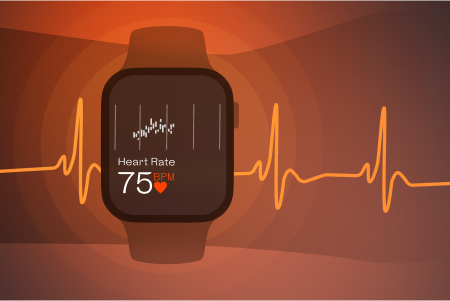


Welltory — All-in-One Wellness App.

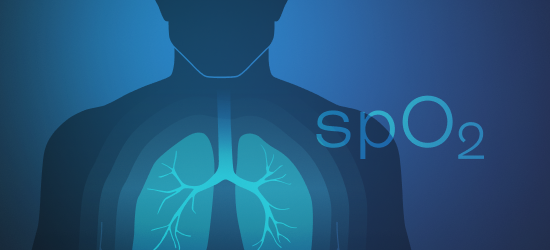
Sometimes, it’s the simplest things that matter the most. Consider the oxygen coursing through your veins – a critical element that’s as essential as, well, air. Yet, we hardly give it a thought. Here’s why you should pay more attention to your blood oxygen levels and how Welltory can lend a helping hand.
It’s easy to overlook the simple elements that keep our bodies running, and oxygen is one of them. This essential component is transported throughout our bodies, delivering vital fuel to our cells. When it comes to health metrics, understanding your blood oxygen levels can provide key insights into your overall health. Here’s why.
Oxygen plays a critical role in our body’s most basic functions. It’s essential for cellular respiration, a process where our cells produce energy1. Without a sufficient supply of oxygen, our cells can’t function properly, and neither can we. Hence, maintaining adequate blood oxygen levels is paramount for our health and well-being2.
Oxygen is also crucial for physical performance5. It fuels our muscles during exercise and aids in recovery afterwards. Adequate oxygen levels can enhance athletic performance, while low levels can lead to fatigue and reduced stamina. Monitoring your blood oxygen levels can help you optimize your workouts and recover more efficiently6.
Lastly, blood oxygen levels can impact our mental well-being. The brain uses about 20% of the body’s oxygen. Low blood oxygen levels can lead to cognitive impairment, affecting memory, attention, and even mood7. By maintaining optimal blood oxygen levels, you can support your brain health and enhance cognitive function.
When it comes to understanding blood oxygen levels, it’s all about the percentages. A healthy individual should typically have a blood oxygen level between 95 to 100 percent8. Oxygen saturation levels are measured using a device called a pulse oximeter, which can be easily used at home or in a medical setting.
If your oxygen saturation levels are in the 95 to 100 percent range, congratulations, you’re in the clear! These numbers indicate that there is enough oxygen in your blood to fuel your body efficiently. Regular exercise can help maintain these optimal levels, ensuring that every cell in your body gets the oxygen it needs to function properly.
Blood oxygen levels in the 91 to 94 percent range are a yellow flag9. Although not immediately life-threatening, it indicates that your body might not be getting as much oxygen as it should. If you find yourself in this bracket consistently, it might be worth consulting with a doctor to discuss potential causes and interventions.
Oxygen saturation levels below 90 percent are a red flag10. This condition, known as hypoxemia, indicates that your cells could be starved of the oxygen they need to function effectively. Symptoms of hypoxemia can range from shortness of breath and fatigue to confusion and a bluish color in the lips or fingertips11. If your blood oxygen level dips into this range, it’s crucial to seek immediate medical attention.
Keeping an eye on blood oxygen levels can be a beneficial practice for anyone interested in their health and wellbeing. But how do we go about it? Let’s delve into the specifics.
First on our list is a method called pulse oximetry. You might be thinking, “That sounds a bit high-tech.” It is, but it’s also incredibly user-friendly. The pulse oximeter, a small device usually attached to your fingertip, uses light to measure the level of oxygen in your blood (SpO2) and your pulse rate12.
The pulse oximeter sends light through your skin and then calculates how much of it is absorbed by oxygen-filled blood. This way, it gives you a measure of how much oxygen your blood is carrying. It’s eerily similar to how Welltory measures your heart rate variability with the camera of your smartphone. And just like the HRV measurement it’s completely non-invasive, portable and great to have on hand for regular health check-ins.
While it’s important to monitor your blood oxygen levels, knowing what to do with that data can be a challenge. This is where Welltory steps in.
Welltory, while not directly measuring blood oxygen levels, provides a platform where you can see the bigger picture of your health. By integrating data from various health and fitness apps or devices you use, Welltory helps to unravel the correlation between your physical activities and blood oxygen levels.
For instance, you can upload your pulse oximeter readings to the Welltory app. From there, the app uses its algorithm to compare your blood oxygen levels to other health data points like your heart rate variability, sleep patterns, or exercise routines. This way, it creates a comprehensive health profile for you, allowing you to see how your lifestyle choices influence your oxygen levels and health.
Welltory Team, 13 July. 2023
 App Store
App Store
 Google Play
Google Play
 Huawei AppGallery
Huawei AppGallery
 Galaxy Store
Galaxy Store

